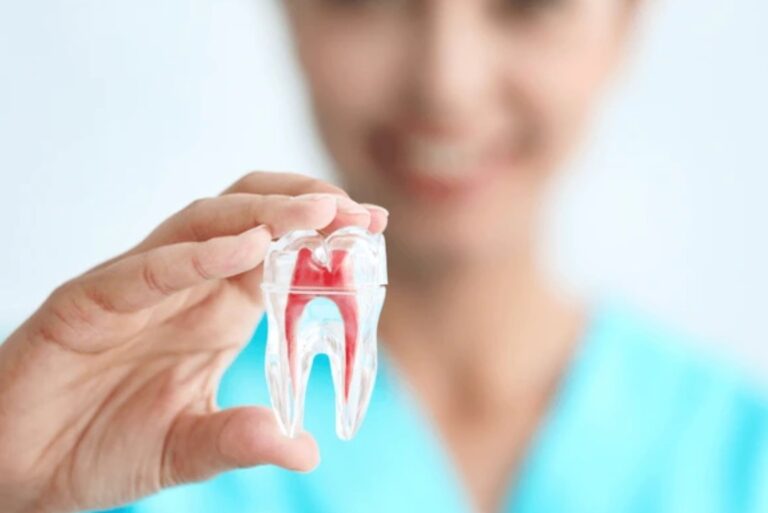
Chronic foot and ankle wounds present a significant challenge in podiatric care. They often require a multifaceted approach to promote healing and improve patient outcomes. A combination of advanced techniques has shown a potential to improve recovery. Here are several methods of wound care commonly utilized in managing chronic foot and ankle conditions:
Debridement
Debridement is one of the most widely used techniques in wound care management. This method involves the removal of nonviable tissue to create a favorable environment for the wound to heal. By clearing away dead tissue, debridement reduces the risk of infection. It also promotes the growth of healthy new cells. Techniques for debridement vary and may include surgical, enzymatic, mechanical, or autolytic methods, depending on the patient’s condition. This step is often considered a foundational process in wound care plans. It lays the groundwork for subsequent treatments to be effective.
Platelet-Rich Plasma (PRP) Injections
Platelet-rich plasma (PRP) injections have emerged as a promising therapy in advanced wound care. PRP is derived from the patient’s blood and is rich in platelets, releasing growth factors that may assist in tissue repair and regeneration. This type of procedure has been associated with promoting cellular activity and stimulating healing when applied to chronic wounds. These kind of injections can be paired with other therapies for foot and ankle conditions to support the recovery of complex wounds while harnessing the body’s natural healing abilities.
Laser Therapy
Laser therapy is another technique that plays a role in managing chronic wounds. This method involves the use of specific light wavelengths to stimulate cellular processes that may enhance tissue repair. Laser therapy can be applied to manage wound inflammation, improve blood flow, and support tissue oxygenation. It is often favored for its non-invasive nature and potential to complement other wound care strategies. Regular sessions, monitored by the treating clinician, may provide benefits in wound management and reduce discomfort for the patient.
Skin Grafts
Skin grafts offer a surgical solution for wounds that resist traditional healing methods. For chronic wounds on the foot and ankle, skin grafts involve transplanting healthy skin tissue to the affected site to facilitate closure of the wound. There are various types of skin grafts, including autografts (from the patient’s own body), allografts (from a donor), and synthetic options. Each type has its own set of applications and benefits, and the choice depends on the wound’s characteristics. Monitoring during recovery is key to assess the graft’s integration and ensure its success.
Other Surgical Procedures for Chronic Foot
Surgical procedures may provide additional options for persistent wounds that do not respond to conservative treatments. Advanced surgical interventions include techniques to improve vascular supply, reduce wound tension, or directly close chronic wounds. Procedures such as flap surgery are specifically designed to cover wounds with healthy tissue. These approaches are typically considered when other treatments have not achieved the desired results. They rely on the expertise of skilled surgeons who specialize in foot and ankle conditions.
Also Read: How Foot and Ankle Conditions Can Impact Your Overall Health?
Find a Specialist in Wound Care
Managing chronic foot and ankle wounds often requires a collaborative effort among podiatrists and patients. Combining these methods within a personalized treatment plan may lead to better outcomes while addressing the patient’s specific needs. By staying informed about these advanced wound care techniques, podiatry professionals are better equipped to provide high-quality care for chronic conditions. The use of these approaches can offer hope and relief to patients, helping them recover more effectively and improve their overall well-being.








